Caroline Herschel
Caroline Lucretia Herschel was a German astronomer who lived between 1750-1848. Caroline originally came to England to receive a music education, but she worked in England most of her life alongside her brother, William Herschel, helping him make astronomical observations and then making her own. She
discovered three new nebulae (hazy clouds from which stars form) in 1783. She
also discovered eight comets between 1786-1797. In addition, she published two
astronomical catalogues which are still used today.
In 1835, Caroline was the first women to be awarded an honorary membership into
Britain's Royal Society. In 1838, she was elected to membership in the Royal
Irish Academy. Caroline received the Gold Medel for Science from the King of
Prussia in 1846.
In her spare time, Caroline assisted her brother, William Herschel, in his workshop grinding metal mirrors.
Caroline Herschel died on January 9, 1848, at age 98. She is buried in Germany.
You might also be interested in:

How did life evolve on Earth? The answer to this question can help us understand our past and prepare for our future. Although evolution provides credible and reliable answers, polls show that many people turn away from science, seeking other explanations with which they are more comfortable.
...more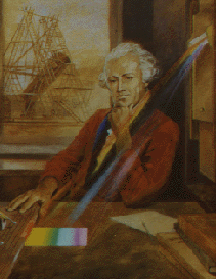
William Herschel was born in Germany and lived in England while he worked as an astronomer. He lived between 1738-1822. He built reflecting telescopes of high magnification, that let him observe the universe
...more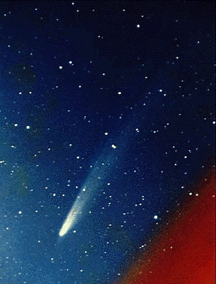
Not long ago, many people thought that comets were a portent that something bad was about to happen to them. Since people did not yet understand about the objects in the solar system and how they moved,
...more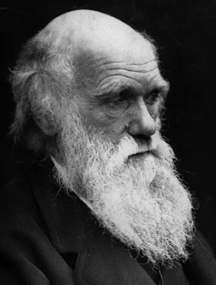
Charles Darwin was an English Naturalist who lived between 1809-1882. In 1859, with the publication of The Origin of Species by Means of Natural Selection, he challenged existing views on the appearance
...more
Christian Doppler was an Austrian mathematician who lived between 1803-1853. He is known for the principle he first proposed in Concerning the coloured light of double stars in 1842. This principle is
...more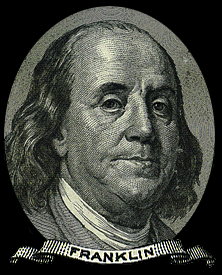
Ben Franklin was an American scientist and statesman who lived between 1706-1790. At a time when little was known about electricity, he carried out many experiments to learn of its dangers and possible
...more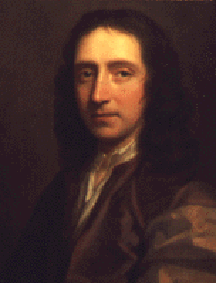
Edmond Halley was an English astronomer who lived between 1656-1742. Using historical records, his own observations, and Newton's universal law of gravitation, he reasoned that the comets which had appeared
...more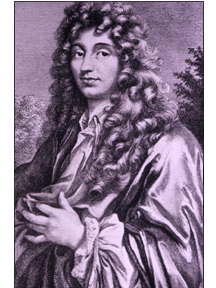
Christian Huygens was a Dutch physicist and astronomer who lived between 1629-1695. He found new methods for grinding and polishing lenses, making telescopes more powerful. Using a telescope he had made,
...more














